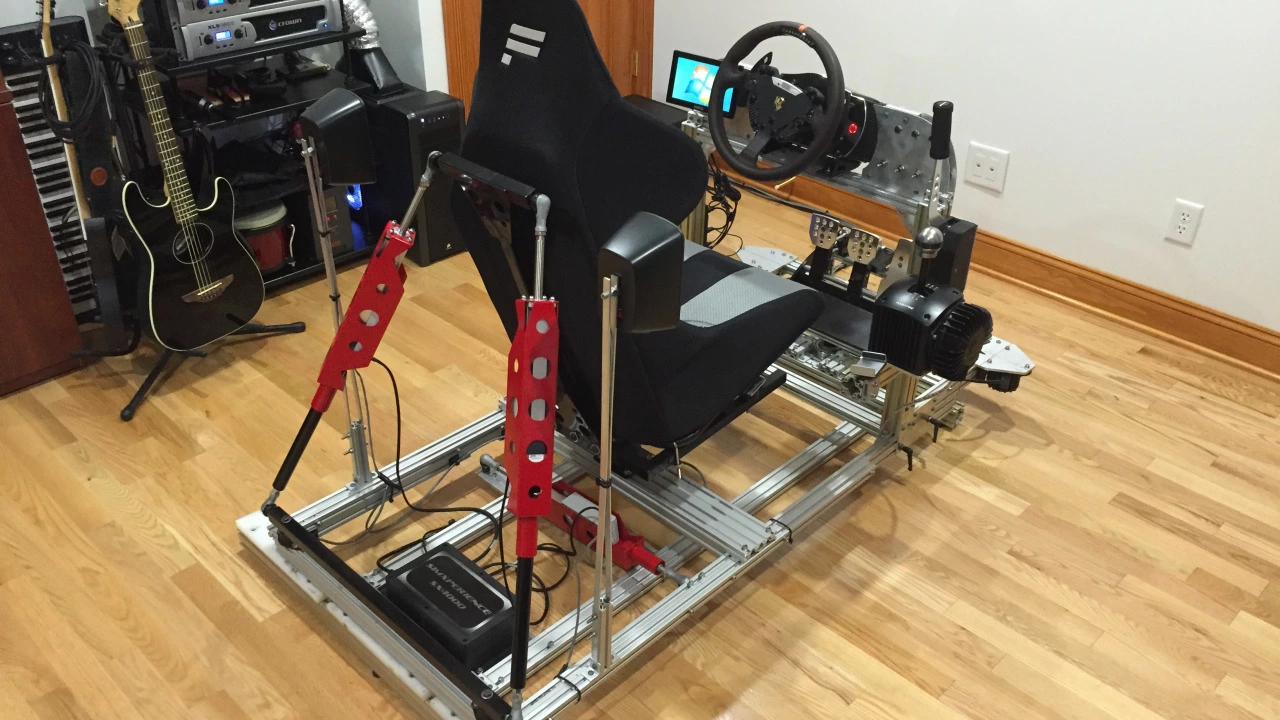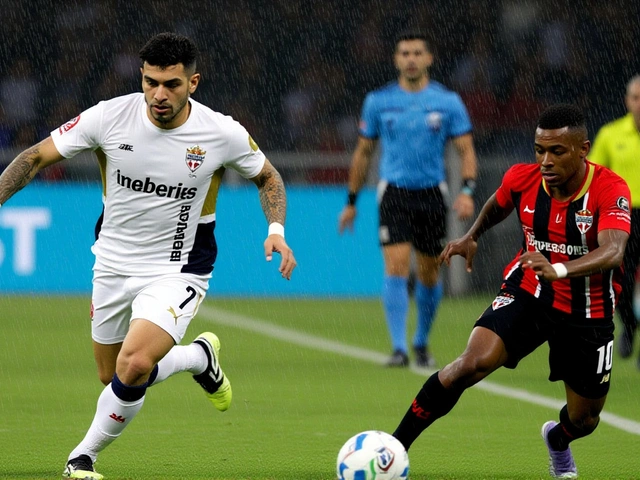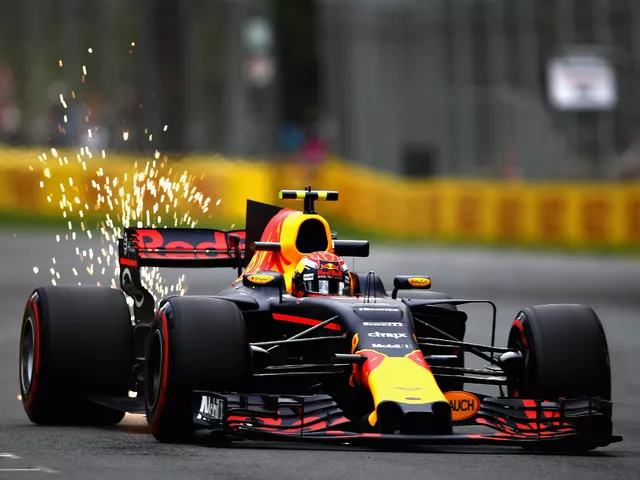Build Your Subaru Motorsport Skills – Tips, Tools & Simple Guides
If you’re scrolling through Subaru forums and wonder how to turn a hobby into real know‑how, you’re in the right spot. Building your motorsport skill set isn’t about buying the most expensive parts right away – it’s about learning the basics, using the right tools, and practicing a little every day.
Essential Tools for a Solid Build
First thing you need is a toolbox that matches the job. You don’t have to fill a garage, but a few core items make a huge difference:
- Torque wrench – Keeps bolts tight to spec, preventing cheap failures.
- Digital multimeter – Helps you diagnose wiring issues on the fly.
- Socket set (metric) – Subaru engines use metric sizes, so a full set is a must.
- Jack and stands – Safety first when you’re under the car.
- OBD‑II scanner – Reads engine codes and gives you instant feedback.
These tools cost less than a single race‑ready engine, yet they let you tinker, learn, and stay safe. Keep them organized in a sturdy bag or a mini‑tool chest – you’ll thank yourself when you can grab a socket in seconds instead of digging through a drawer.
Step‑by‑Step Guide to Getting Started
Now that you’ve got the basics, let’s walk through a simple project: checking and adjusting the suspension geometry on a Subaru WRX. It’s a common task, and doing it right improves handling and gives you confidence.
- Lift the car – Place the jack under the front subframe, lift, and secure with stands. Never rely on the jack alone.
- Measure the camber – Use a digital camber gauge on the front wheels. Subaru specs are usually around -1.5° to -2° for daily driving.
- Adjust the top camber bolts – Turn clockwise to add negative camber, counter‑clockwise to reduce it. Small turns (¼ turn) make a big difference.
- Re‑measure – Check again after each adjustment. Aim for the target spec, but stay within the manufacturer’s tolerance.
- Test drive – Short, low‑speed runs let you feel the change. If the car pulls to one side, double‑check toe settings.
This process teaches you how to read measurements, use tools, and understand why the car behaves the way it does. Repeat similar steps for other areas: brake fluid flush, intake filter swap, or ECU tuning. Each task adds a piece to your overall "build" knowledge.
Don’t forget the community. Subaru Motorsport Hub’s forum threads often have step‑by‑step photos, and members love to answer newbie questions. Posting a photo of your camber reading and asking for feedback gets you quick tips and helps you avoid common mistakes.
Finally, keep a simple log. Write down the date, mileage, tools used, and results. A one‑page sheet becomes a personal reference book you can glance at before every new project.
Building your Subaru motorsport expertise is a marathon, not a sprint. Start with a few tools, pick a manageable task, and use the community to stay motivated. Before you know it, you’ll be comfortable tackling bigger builds, like engine upgrades or full suspension swaps. The key is consistency, curiosity, and a willingness to learn from every bolt you tighten.

How to build your own racing simulator?
Ready to bring the thrill of the racetrack into your living room? Building a racing simulator isn't as hard as fitting into a Formula One car! You'll need a gaming PC, a steering wheel with a pedal set, and a comfortable racing seat. Other gear like a VR headset and a gear shift add to the realism. So buckle up, and let's speed into this DIY project, leaving slow internet and reality in the dust!
CONTINUE READING



